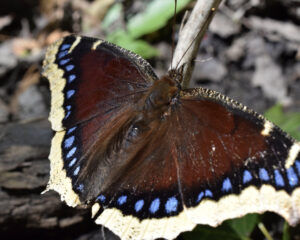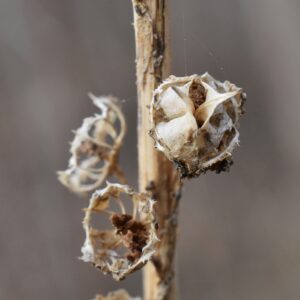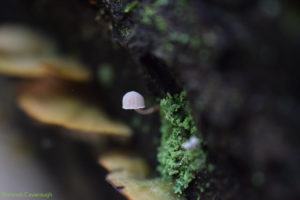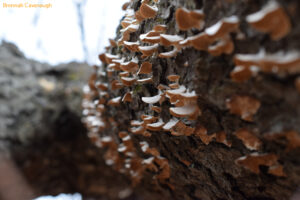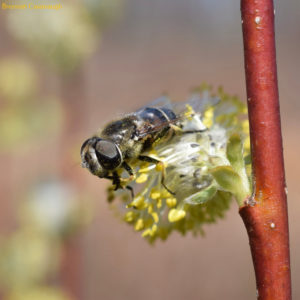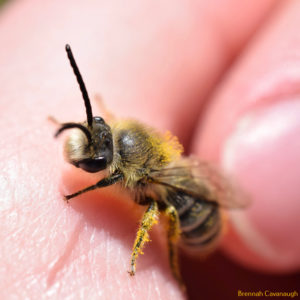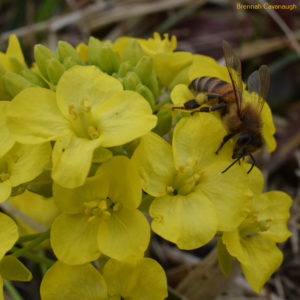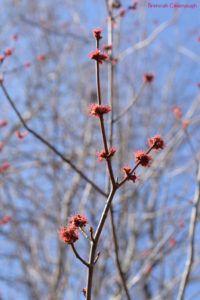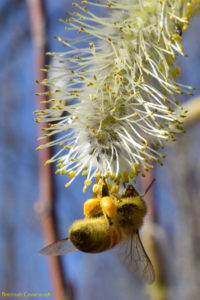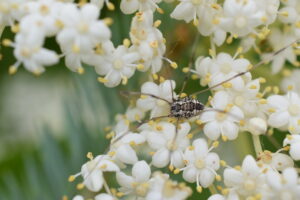
I am quite fond of harvestmen (aka daddy long legs). I’m not exactly sure why I like them so much; the best way I’ve managed to describe it is that they just seem like peaceful little forest spirits… although they’re not found only in the woods, but they do seem particularly plentiful there. So, I suppose, much like the woods, they are a calming presence. Getting good photos of them, though, is a bit tricky. It isn’t that they are uncooperative (they’re actually probably more cooperative than most creatures), but super close up pictures of them tend to look pretty awkward with their legs mostly not in the frame, and they like to hang out in fairly dim places, making it hard for their colors and markings to be visible. I am now finally building up a small collection of harvestman photos that I like.

Despite being pretty common, easy to find creatures, not many people seem to know what harvestmen are; they are often called spiders, but, though they are arachnids, they belong to their own group. (They’re actually thought to be more closely related to scorpions.) The name ‘harvestmen’ refers to the order opiliones, which is a pretty general category. (For example, butterflies and moths are an order, and beetles are another order. And so are spiders.) So, not surprisingly, there are lots of different kinds of harvestmen. They come in many different sizes, shapes, and colors and have a variety of diets and habits. The harvestmen in these photos are only a tiny fraction of their variety.
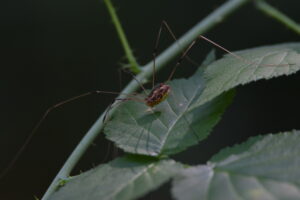
Although harvestmen look similar to spiders, they don’t have two distinctly separate body segments as spiders do. They also don’t produce silk or venom. Instead of venom carrying fangs, they have a pair of tiny pincer like claws. (I’ve actually seen them carrying things with these claws, though I haven’t gotten a good look at the claws themselves as they’re tucked under the harvestman’s body.) They also use their second pair of legs (from front) as feelers and I’d noticed them probing around with them (and also that that pair of legs is often extra long) before I was able to find information about it.


I’m always happy to see these little guys even if I don’t end up taking pictures of them, but I do hope I’m able to get better at photographing them.












